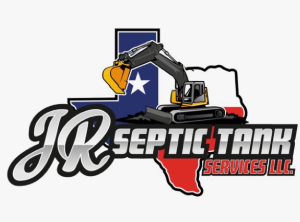Understanding the Relationship Between Drainage Problems and Your Septic System
Slow drains can be more than just a minor inconvenience; they might indicate deeper issues within your septic system. When water takes longer to exit your sinks or tubs, it could suggest that your septic tank is struggling to manage wastewater efficiently. Addressing slow drains early can prevent costly repairs down the line. In this article, we’ll explore how septic system maintenance can alleviate drainage problems and enhance overall functionality.
How Slow Drains Can Signal a Bigger Problem
If you notice that water is draining slowly in your home, it may be time to investigate further. This issue often points to blockages within the plumbing, but it can also signify that your septic tank needs attention. A full or improperly maintained tank can cause backups and slow draining water. Such issues require prompt action to avoid damage to your home’s plumbing system.
The Role of Regular Maintenance in Avoiding Issues
Regular maintenance of your septic system is crucial for preventing slow drains. Septic tank cleaning is an essential aspect of this upkeep. By scheduling regular cleanings, homeowners can ensure that their systems function efficiently. This proactive approach not only extends the life of your septic system but also helps avert unpleasant and costly problems.
Signs That Indicate It’s Time for Action
Knowing when to call in the professionals can save you from significant headaches. Key indicators include gurgling sounds in the pipes, unpleasant odors near drains, and persistently slow drainage. These signs suggest that it’s time for septic tank cleaning by a professional service. Ignoring these warning signs could lead to more severe issues such as sewage backup into your home.
Benefits of Timely Intervention
Timely intervention offers multiple advantages. By addressing slow drain issues promptly through proper septic maintenance, you can avoid emergency plumbing calls and potential property damage. It also ensures the longevity of your septic system and maintains its efficiency, saving money on repairs and replacements in the long run.
Steps to Take When Facing Drainage Problems
- Inspect visible plumbing for any obvious blockages.
- Monitor all drains in the house to identify specific problem areas.
- Consider professional evaluation if problems persist.
- Schedule regular septic system inspections to catch issues early.
- Plan regular cleanings based on usage levels and household size.
Preventive Measures You Can Implement
Prevention is always better than cure. Implementing best practices can keep your septic system healthy. Avoid flushing non-biodegradable items, reduce water usage during peak times, and use eco-friendly cleaning products. Educating household members on what can and can’t go down the drain also plays a critical role in system maintenance.
Cost Considerations: Balancing Maintenance With Expenses
While some may balk at the cost of regular septic maintenance, understanding the potential cost savings is essential. Investing in routine maintenance like septic tank pumping prevents expensive fixes later. The upfront costs are minimal compared to repairing extensive damage caused by neglect. Evaluating your household’s needs and planning accordingly will save money over time.
Reach Out for Professional Assistance Today
If you’re experiencing slow drains or other septic-related issues, don’t hesitate to seek expert help. Based in Tyler, TX, I specialize in comprehensive solutions tailored to meet your needs. Call (903) 343-2534 today for reliable service from JR Septic Tank Installing & Repairing Services LLC. Take control of your home’s drainage problems before they escalate into major concerns.
